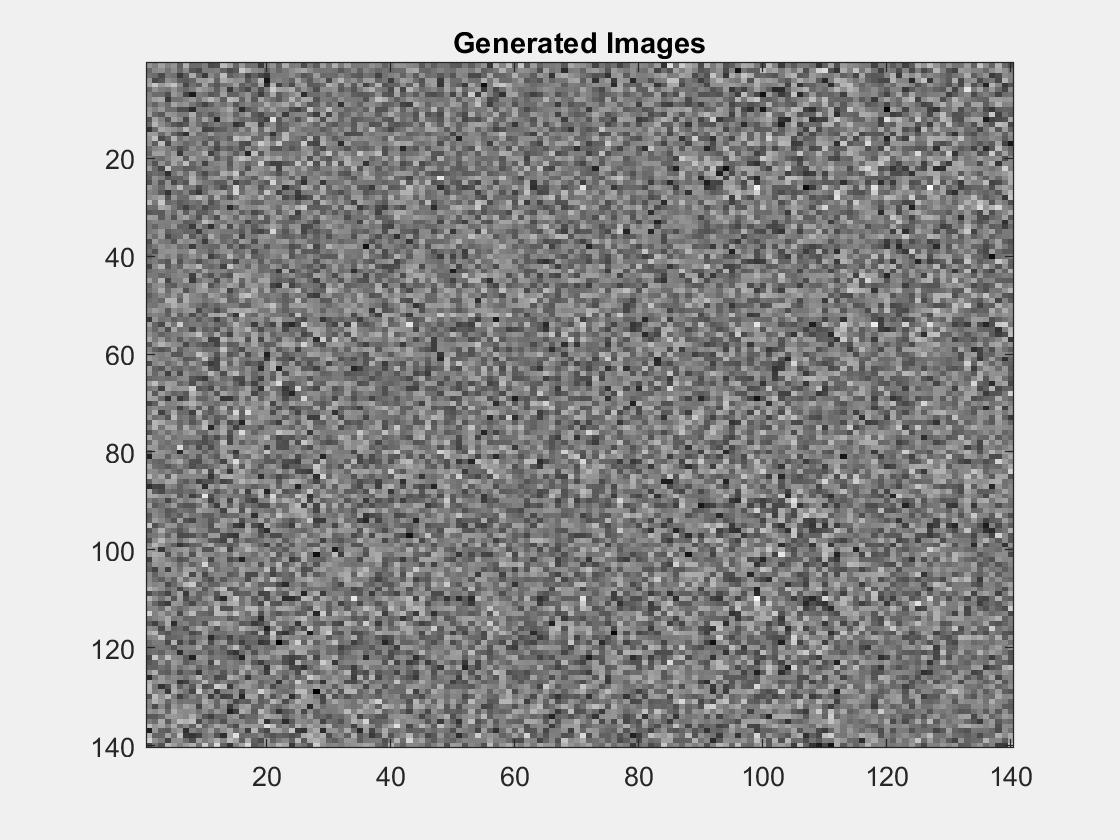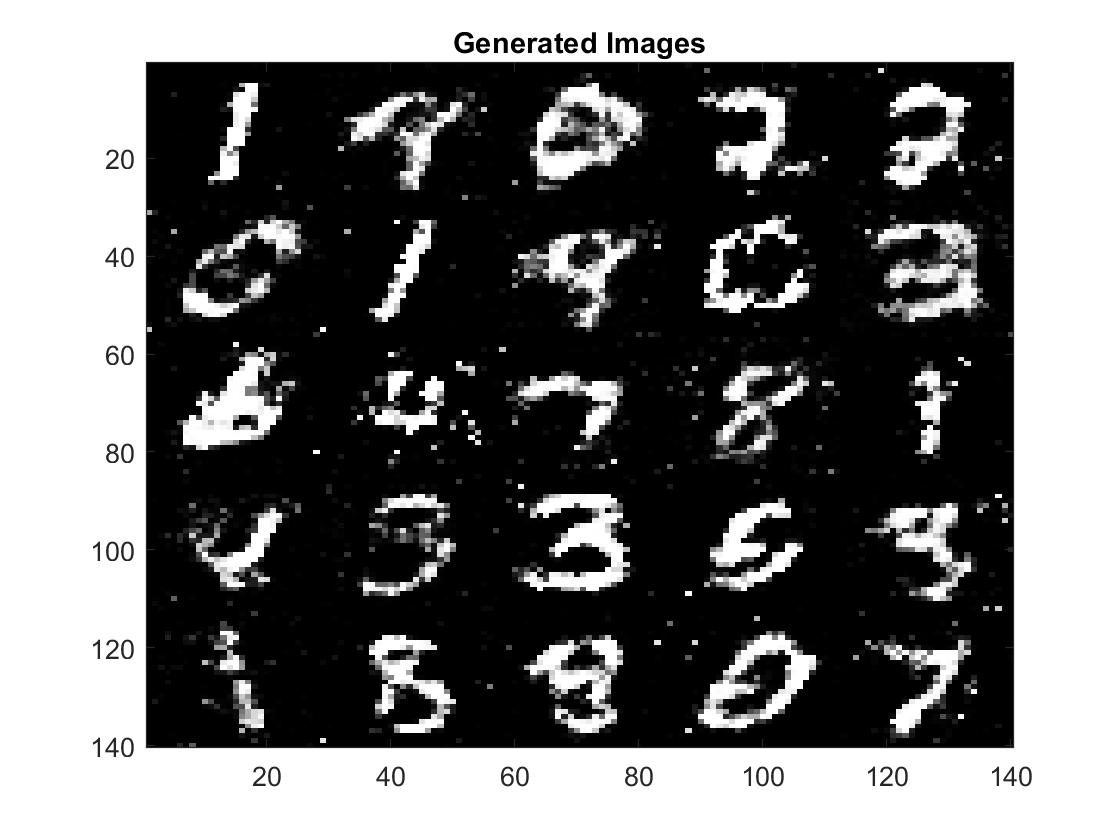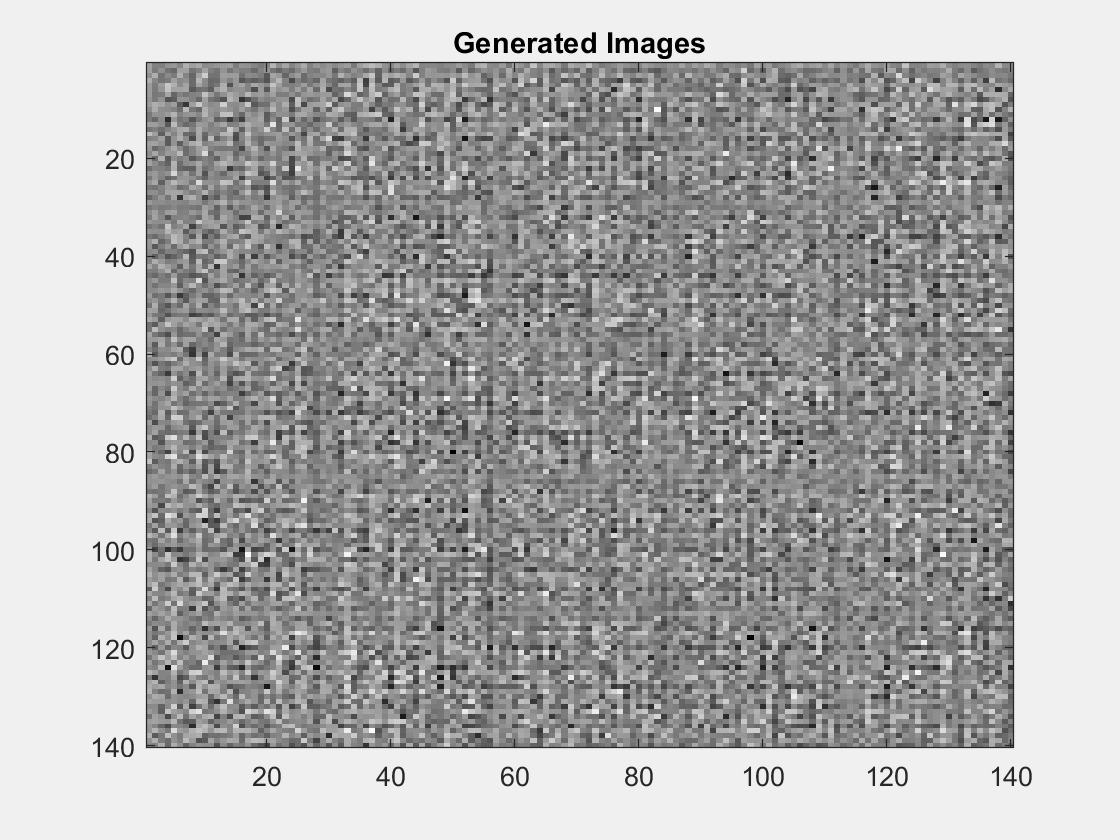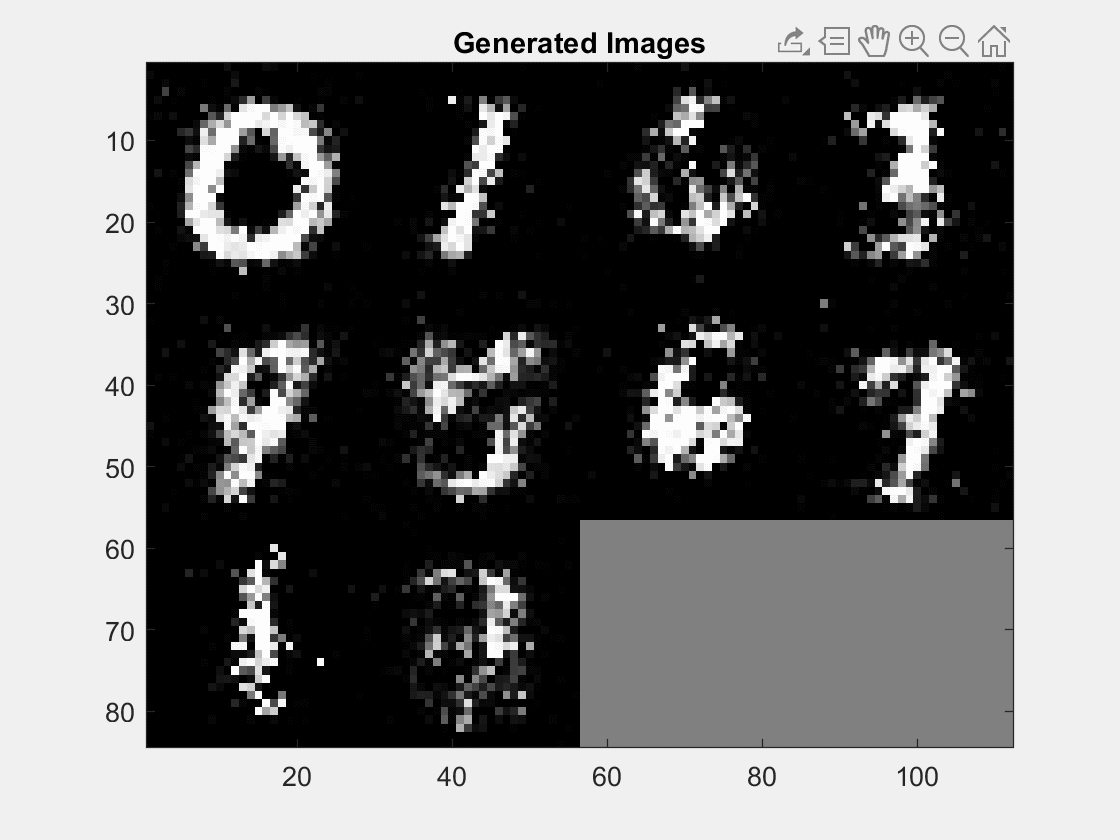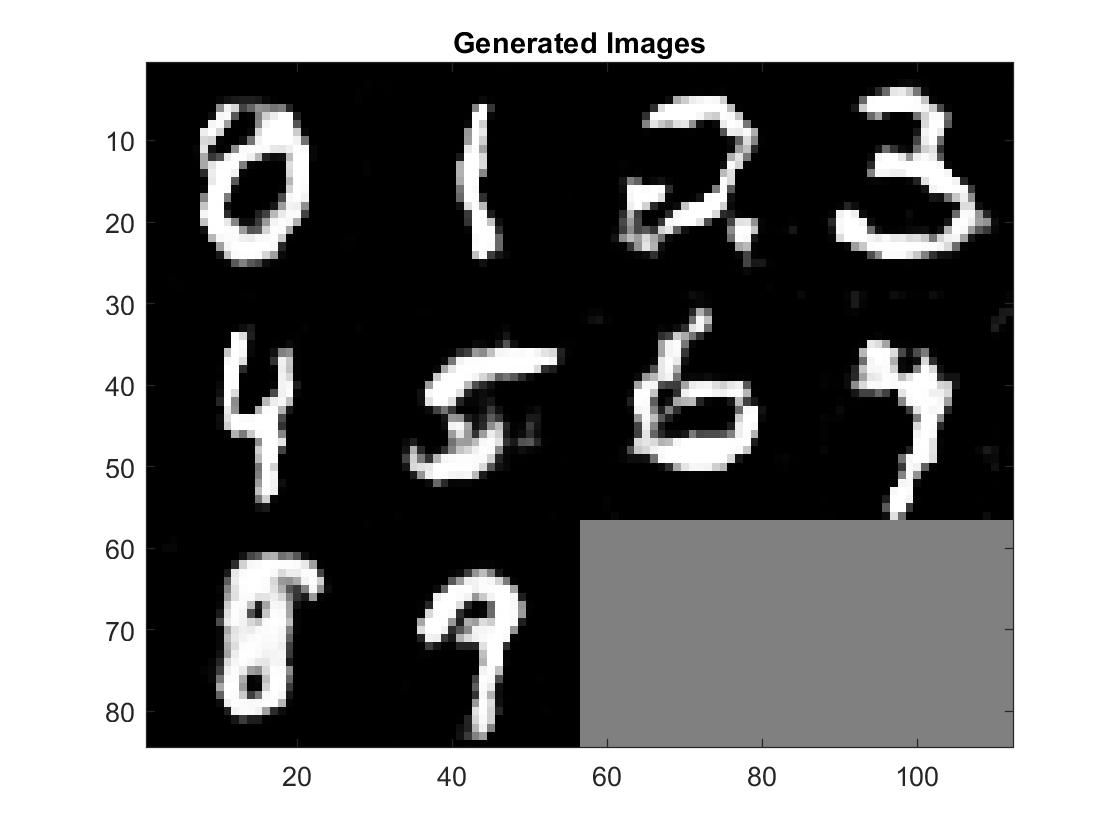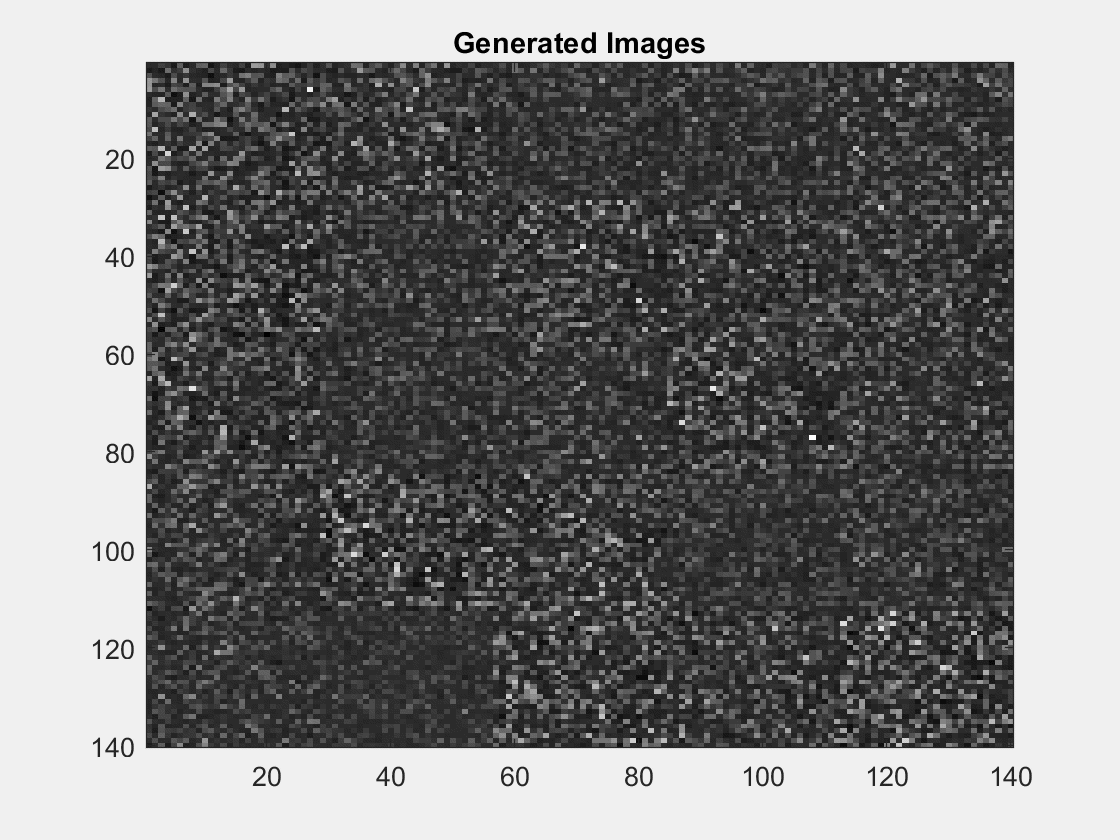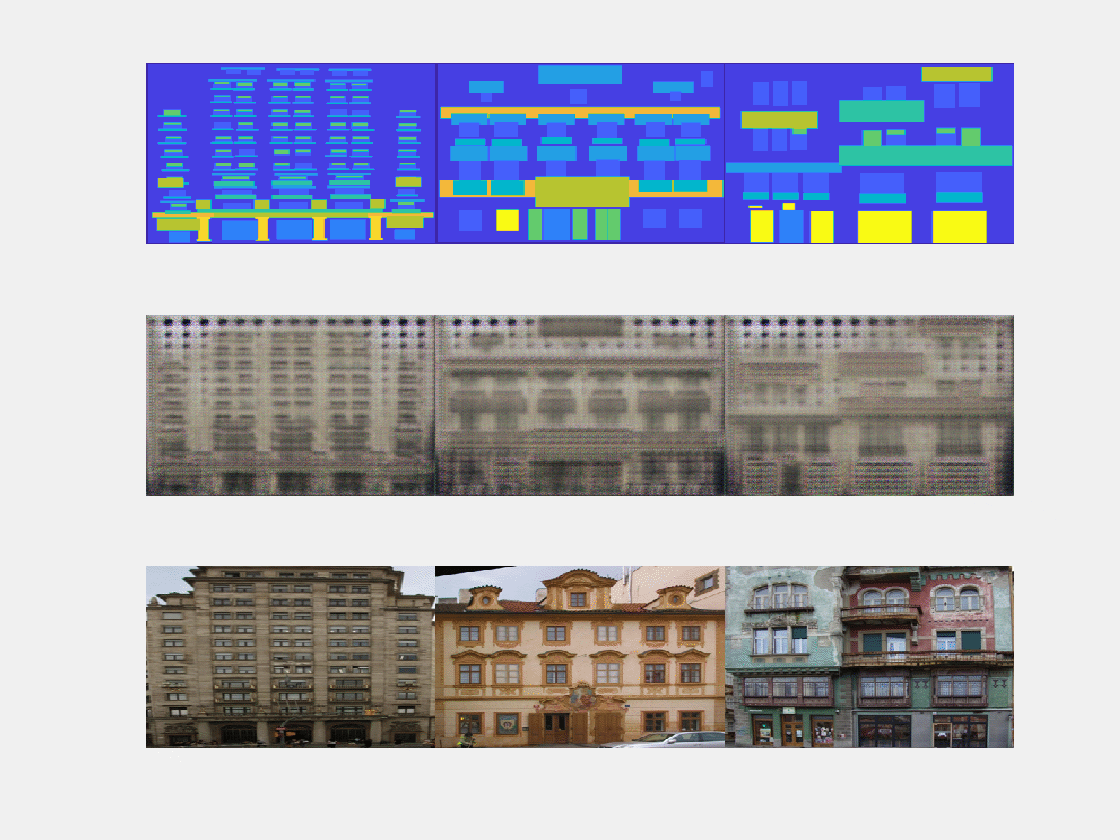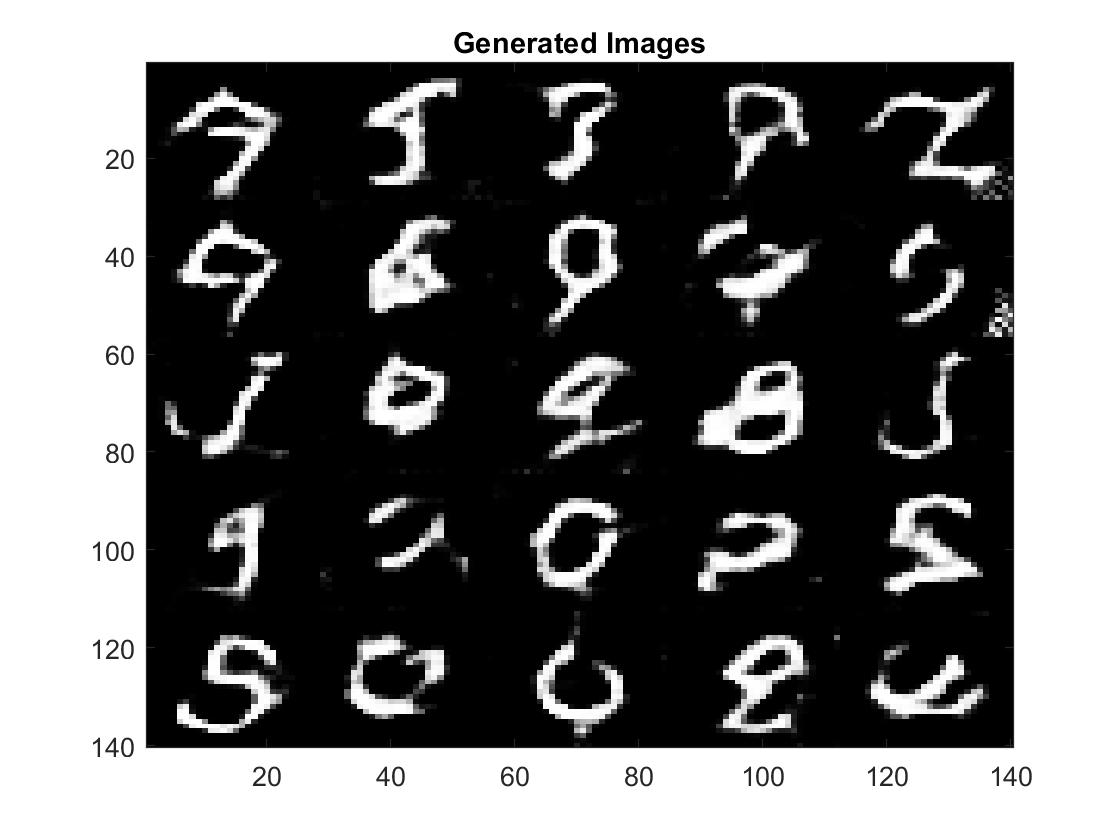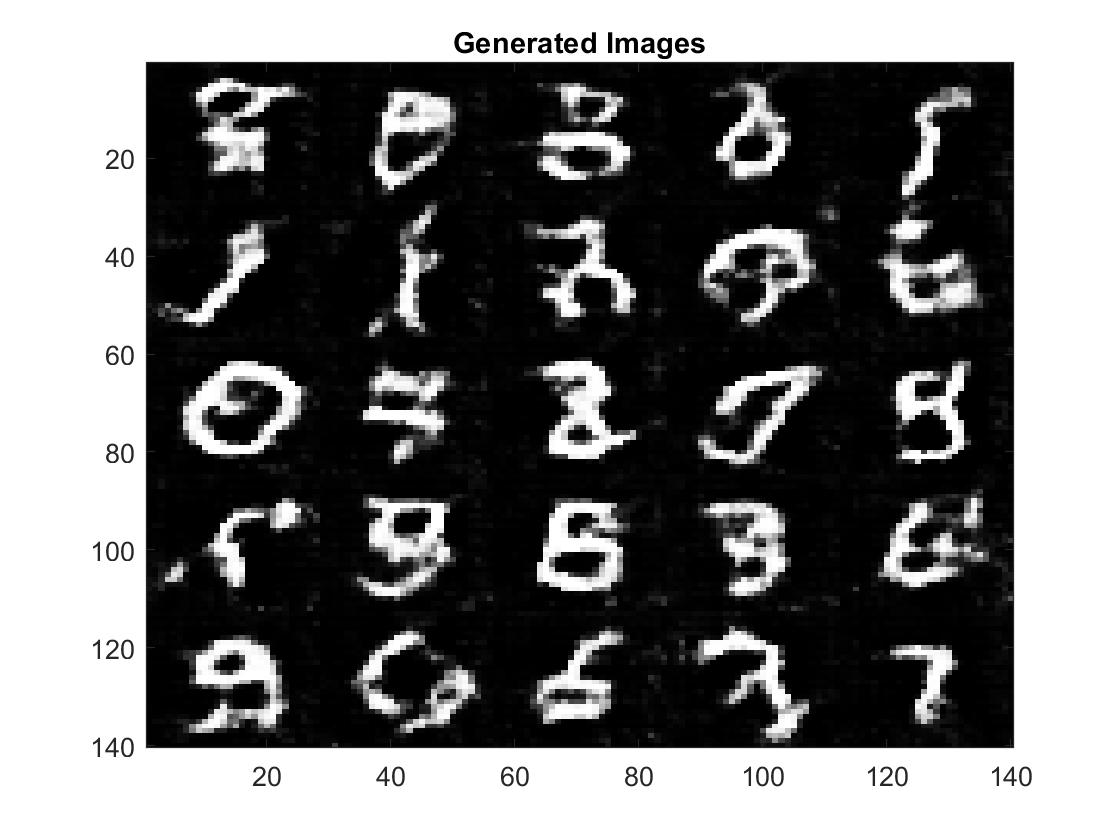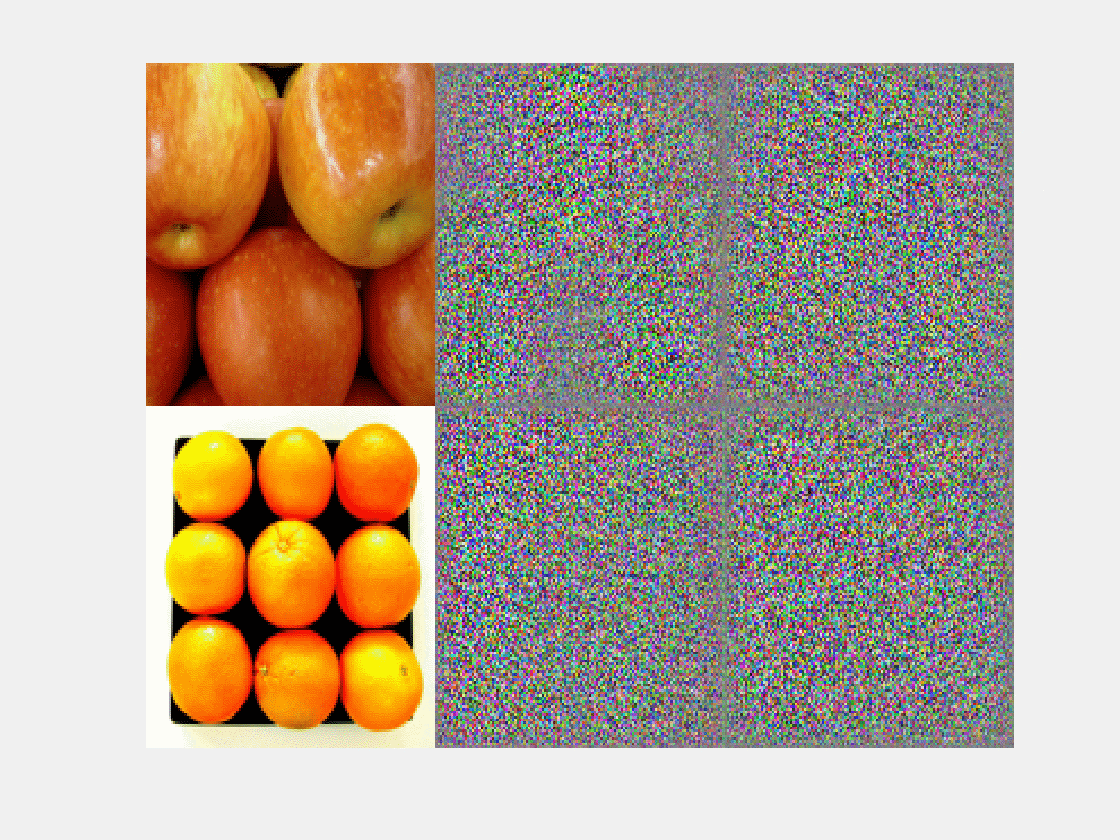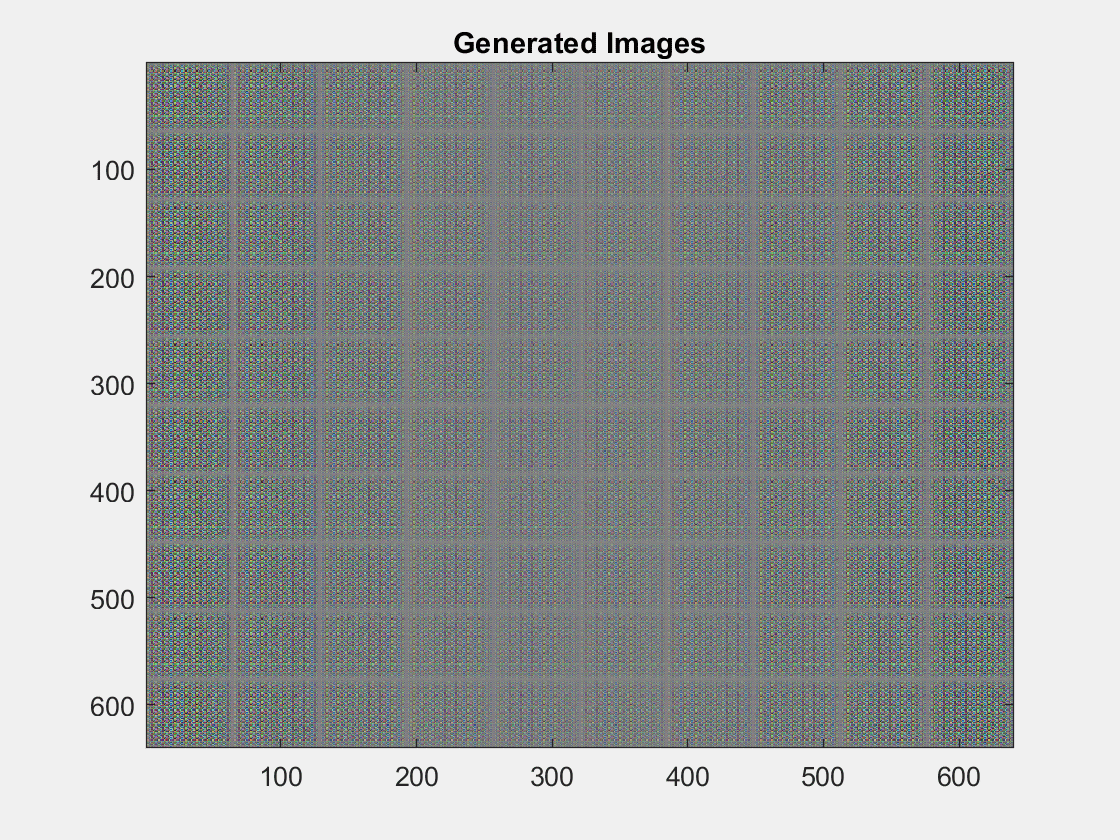Collection of MATLAB implementations of Generative Adversarial Networks (GANs) suggested in research papers. This repository is greatly inspired by eriklindernoren's repositories Keras-GAN and PyTorch-GAN, and contains codes to investigate different architectures of GAN models.
To run the following codes, users should have the following packages,
- MATLAB 2019b
- Deep Learning Toolbox
- Parallel Computing Toolbox (optional for GPU usage)
- Generative Adversarial Network (GAN) [code] [paper]
- Least Squares Generative Adversarial Network (LSGAN) [code] [paper]
- Deep Convolutional Generative Adversarial Network (DCGAN) [code] [paper]
- Conditional Generative Adversarial Network (CGAN) [code] [paper]
- Auxiliary Classifier Generative Adversarial Network (ACGAN) [code] [paper]
- InfoGAN [code] [paper]
- Adversarial AutoEncoder (AAE) [code] [paper]
- Pix2Pix [code] [paper]
- Wasserstein Generative Adversarial Network (WGAN) [code] [paper]
- Semi-Supervised Generative Adversarial Network (SGAN) [code] [paper]
- CycleGAN [code] [paper]
- DiscoGAN [paper]
- Y. LeCun and C. Cortes, “MNIST handwritten digitdatabase,” 2010. [MNIST]
- J. Deng, W. Dong, R. Socher, L.-J. Li, K. Li, andL. Fei-Fei, “ImageNet: A Large-Scale Hierarchical Image Database,” inCVPR09, 2009. [Apple2Orange (ImageNet)]
- R. Tyleček and R. Šára, “Spatial pattern templates forrecognition of objects with regular structure,” inProc.GCPR, (Saarbrucken, Germany), 2013. [Facade]
- Z. Liu, P. Luo, X. Wang, and X. Tang, “Deep learn-ing face attributes in the wild,” inProceedings of In-ternational Conference on Computer Vision (ICCV),December 2015. [CelebA]
- Goodfellow, Ian J. et al. “Generative Adversarial Networks.” ArXiv abs/1406.2661 (2014): n. pag. (GAN)
- Radford, Alec et al. “Unsupervised Representation Learning with Deep Convolutional Generative Adversarial Networks.” CoRR abs/1511.06434 (2015): n. pag. (DCGAN)
- Denton, Emily L. et al. “Semi-Supervised Learning with Context-Conditional Generative Adversarial Networks.” ArXiv abs/1611.06430 (2017): n. pag. (CGAN)
- Odena, Augustus et al. “Conditional Image Synthesis with Auxiliary Classifier GANs.” ICML (2016). (ACGAN)
- Chen, Xi et al. “InfoGAN: Interpretable Representation Learning by Information Maximizing Generative Adversarial Nets.” NIPS (2016). (InfoGAN)
- Makhzani, Alireza et al. “Adversarial Autoencoders.” ArXiv abs/1511.05644 (2015): n. pag. (AAE)
- Isola, Phillip et al. “Image-to-Image Translation with Conditional Adversarial Networks.” 2017 IEEE Conference on Computer Vision and Pattern Recognition (CVPR) (2016): 5967-5976. (Pix2Pix)
- J.-Y. Zhu, T. Park, P. Isola, and A. A. Efros, “Unpairedimage-to-image translation using cycle-consistent ad-versarial networks,” 2017. (CycleGAN)
- Arjovsky, Martín et al. “Wasserstein GAN.” ArXiv abs/1701.07875 (2017): n. pag. (WGAN)
- Odena, Augustus. “Semi-Supervised Learning with Generative Adversarial Networks.” ArXiv abs/1606.01583 (2016): n. pag. (SGAN)


